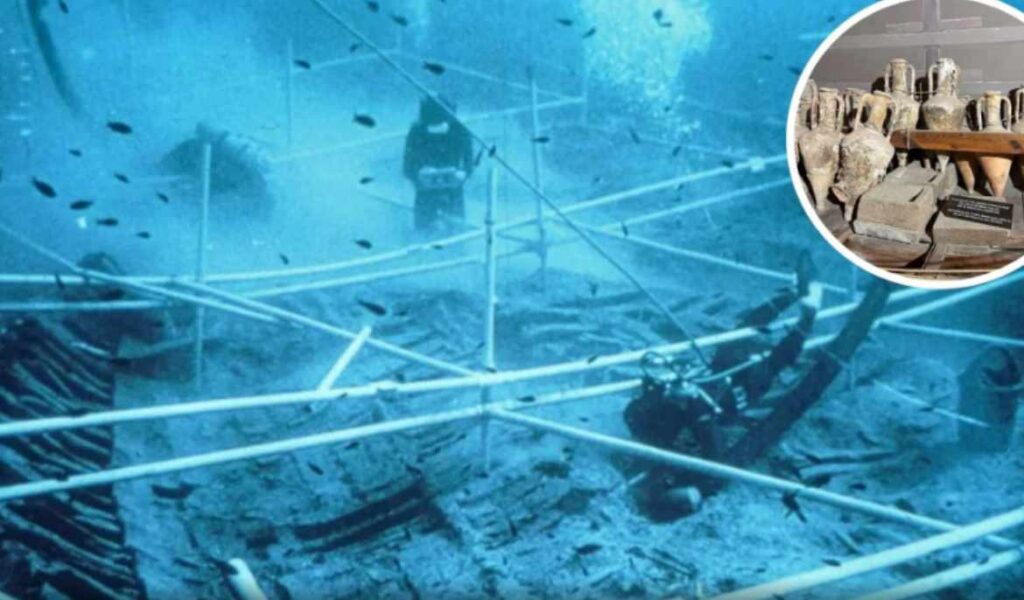In 1965, a diving instructor, Andreas Cariolu, discovered a shipwreck off the coast of Cyprus that would later become one of the most significant archaeological finds in history. This discovery, now known as the Kyrenia Shipwreck, has fascinated archaeologists for decades. Recently, a team of scientists has used advanced dating techniques to pinpoint the exact age of the ship, revealing that it sank around 2,300 years ago, offering new insights into ancient seafaring and Mediterranean trade.
This exciting development was outlined in a study published in PLOS ONE, which leveraged cutting-edge methods like radiocarbon dating and dendrochronology. These techniques have not only confirmed the wreck’s approximate date but have also overcome many challenges that had previously hindered accurate dating. The ship’s discovery and its contents provide us with a unique view of ancient maritime technology and the kinds of goods that were traded across the ancient Mediterranean.
A Window into Ancient Maritime Trade
The Kyrenia ship, which was originally 14 meters long, is believed to have been a merchant vessel, carrying goods like wine, olive oil, and almonds—products crucial to the everyday life and trade of the Mediterranean world. Researchers found almost 400 amphorae—large storage jars used in ancient times to transport liquids and dry goods—aboard the wreck. These everyday products tell a story of humble traders, not royal elites, transporting goods across vast distances.
The shipwreck’s location off the coast of Cyprus, combined with the kinds of cargo it carried, also offers valuable clues about ancient trade routes. Wine and olive oil, in particular, were staple commodities of the time, suggesting that the Kyrenia ship was part of the thriving Mediterranean trade network.

Advanced Techniques Reveal Key Details
The new study that revisited the wreck’s age and contents used state-of-the-art scientific methods to refine the date of the ship’s sinking. While earlier estimates placed the shipwreck around 300 BC, the new techniques have narrowed the timeline, providing a more precise dating.
“We are excited to apply scientific techniques to date the famous Kyrenia Ship a little over 2300 years ago,” said the authors. “Central to the history of ship technology and maritime trade in the classical Mediterranean, the methods we use to date the ship – and solutions to various technical challenges we had to overcome – will now help date other shipwrecks and better inform the history of ancient seafaring.”
These advances in scientific dating provide not only a clearer picture of the Kyrenia wreck itself but also open doors for further exploration of other ancient shipwrecks in the Mediterranean, helping to reconstruct the broader history of ancient trade, technology, and seafaring cultures.



